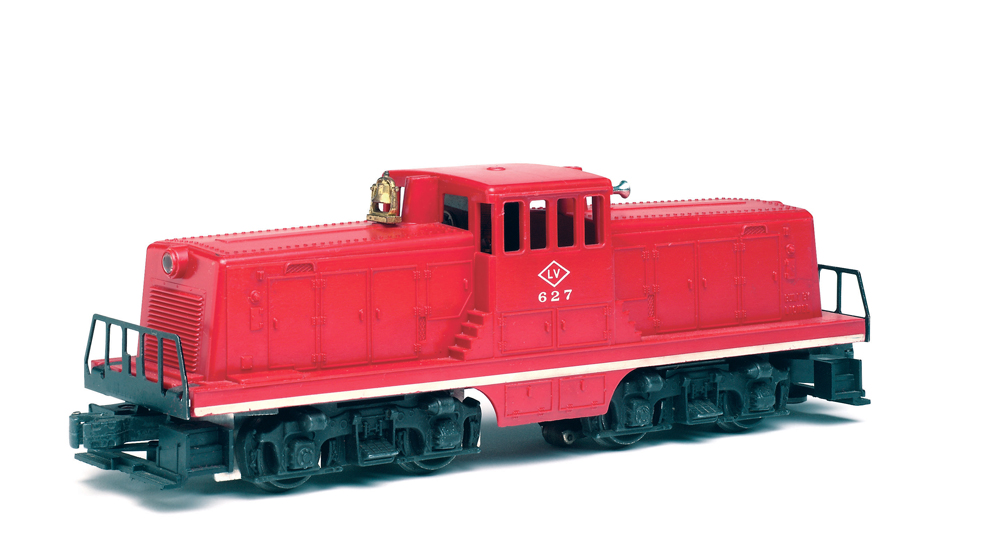
Lionel’s postwar 44-ton diesels may be the most overlooked O gauge locomotives of the era. Collectors focus, instead, on the firm’s models of F3 cab units by the Electro-Motive Division of General Motors and the Train Master road diesels made by Fairbanks-Morse. Operators also like those powerful diesels as well as the big and small […]
Read More…

Welcome to our latest Product Review video. This time around, Model Railroader Senior Editor Cody Grivno takes a look at the Broadway Limited N scale EMD F3. In the video, you’ll learn about the Lehigh Valley prototypes our samples are decorated as, get a closer look at the details on both units, see and hear […]
Read More…

Welcome to our latest Product Review video. This time around, Model Railroader Senior Editor Cody Grivno takes a look at the Broadway Limited N scale EMD F3. In the video, you’ll learn about the Lehigh Valley prototypes our samples are decorated as, get a closer look at the details on both units, see and hear […]
Read More…
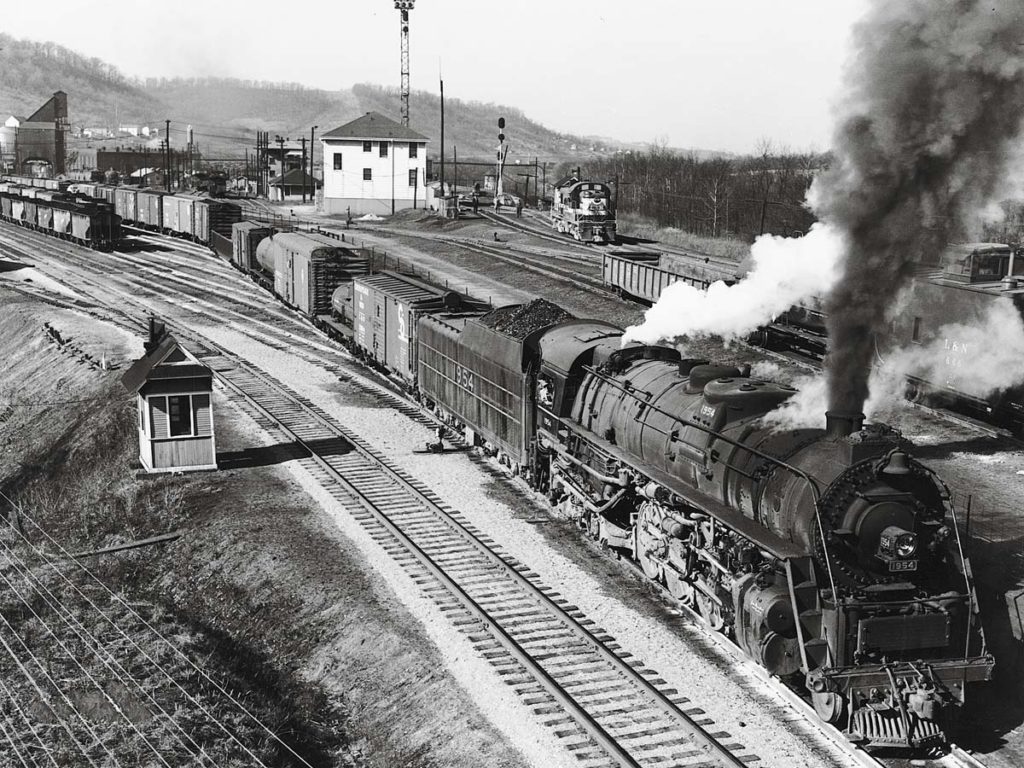
The year and locomotive number are the same – 1954 – as one of Louisville & Nashville’s big M-1-class “Big Emma” 2-8-4s leads an Atlanta-bound freight out of Decoursey Yard in Kentucky, a few miles south of Cincinnati. Louisville & Nashville photo […]
Read More…
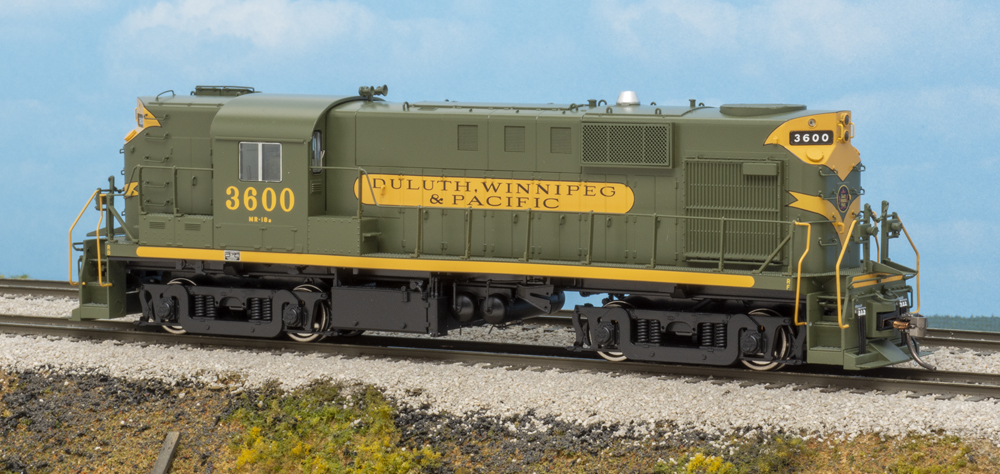
A new run of HO scale Alco RS11 diesel locomotives is now available from Rapido Trains. The model features many newly tooled, railroad-specific details; illuminated number boxes, class lights, and control stand lights; and a new five-pole, skew-wound motor. Prototype history Alco produced the RS11 from February 1956 until May 1961. During that time, it […]
Read More…
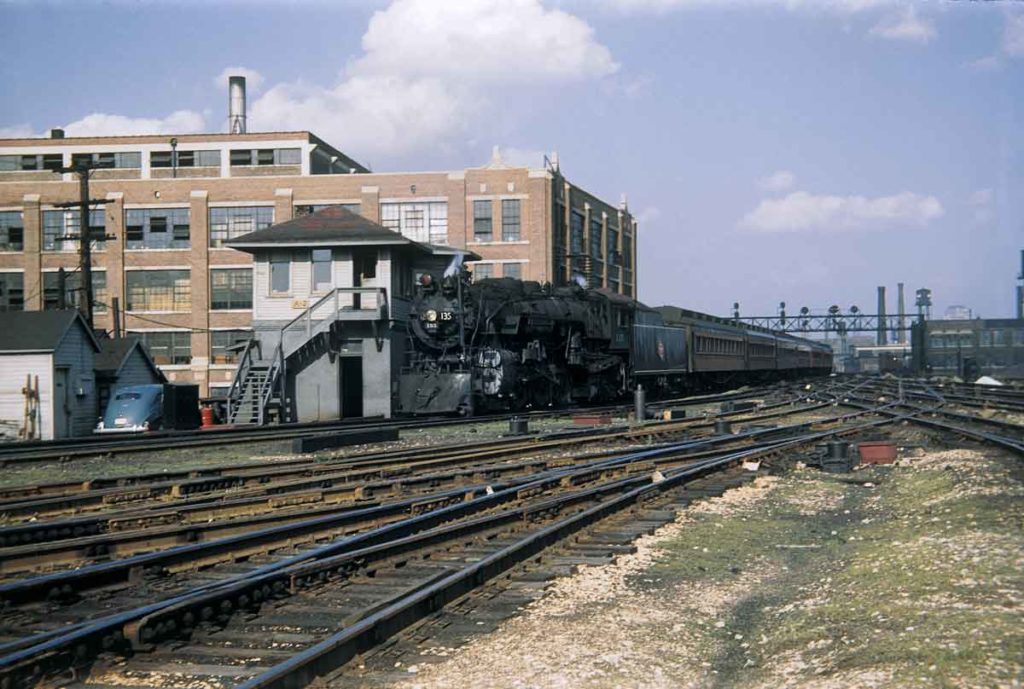
Milwaukee Road 4-6-4 No. 135 passes Tower A-2 at Western Avenue in Chicago with a suburban run to Elgin in June 1953. Robert R. Malinoski photo […]
Read More…
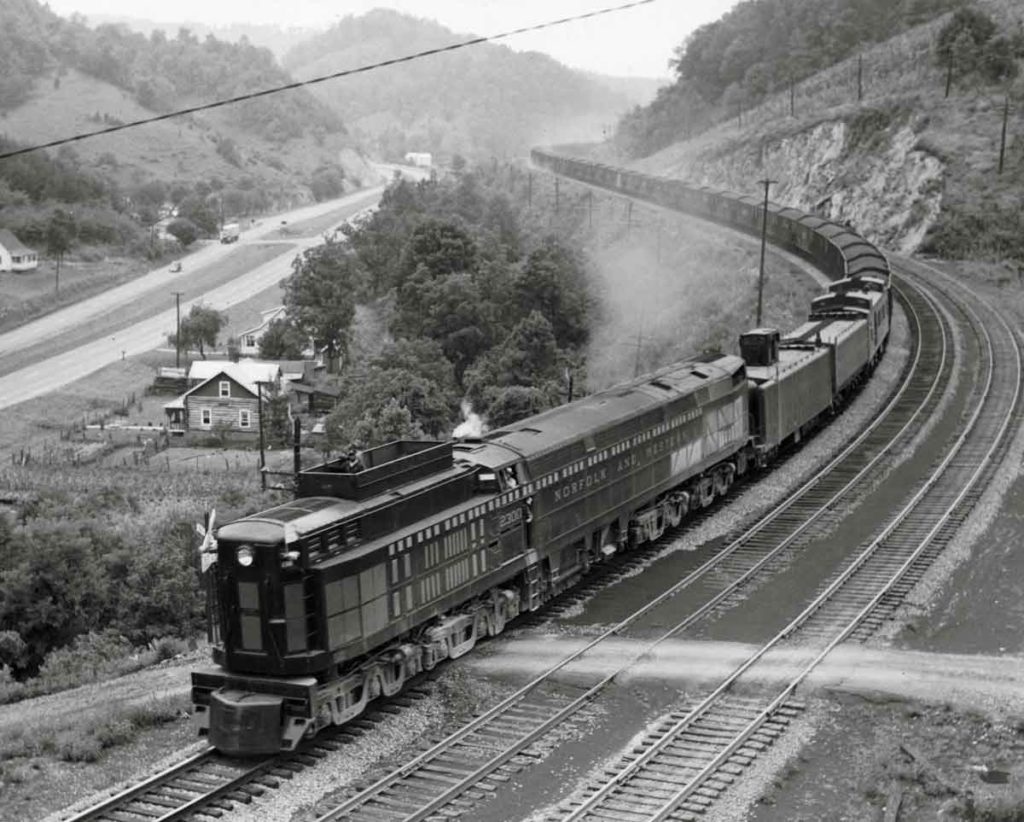
Steam-turbine-electric No. 2300 Jawn Henry — N&W’s bid for a coal-fired future — drops down Virginia’s Christianburg Hill with its own doghouse-equipped water tender, an extra canteen, the road’s dynamometer car, and tidewater-bound coal loads. LeRoy A. Scott photo […]
Read More…
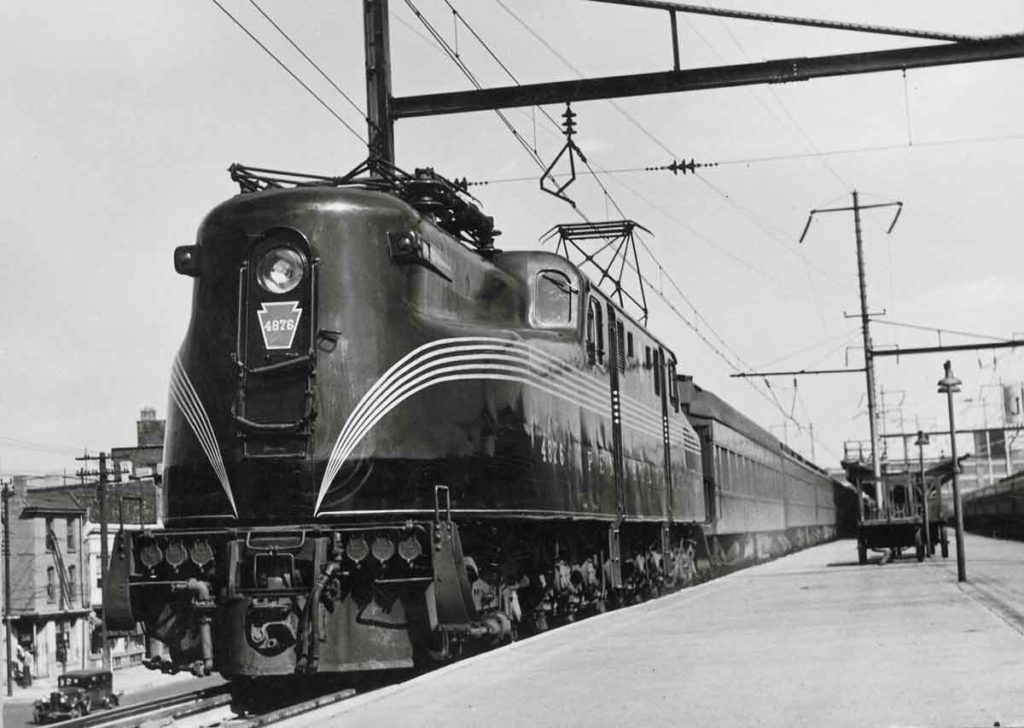
Freshly washed GG1 No. 4876 leaves Wilmington, Del., with the Executive. On Jan. 15, 1953, the locomotive was involved in a runaway wreck that dropped it into the basement of Washington Union Station. R.H. Braun photo Freshly washed GG1 No. 4876 leaves Wilmington, Del., with the Executive. On Jan. 15, 1953, the locomotive was involved in […]
Read More…
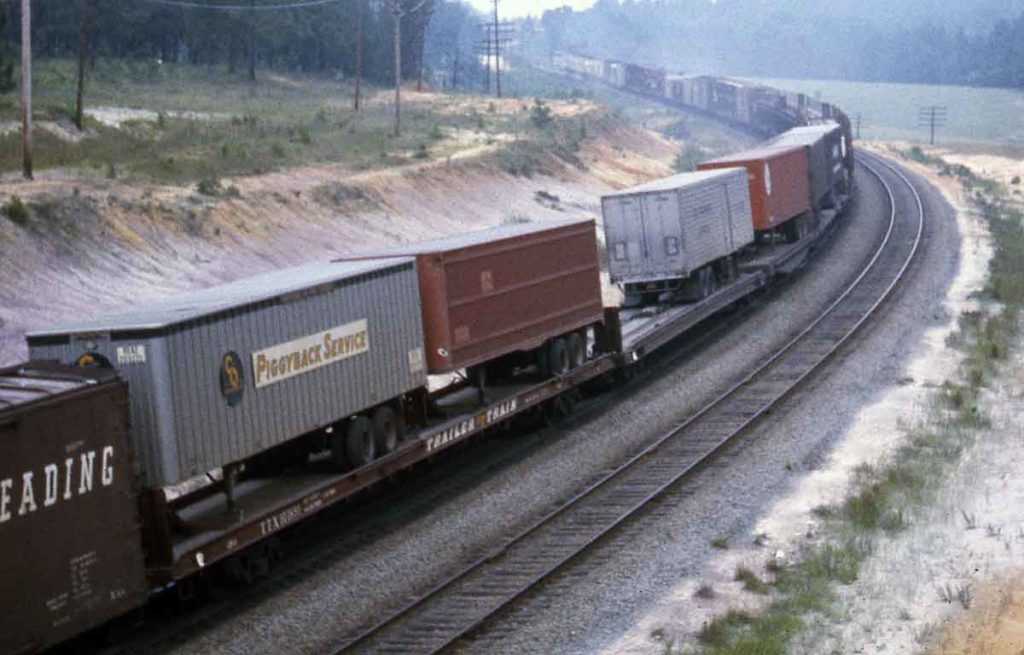
Seaboard Air Line train No. 280 heads northbound near Aberdeen, N.C., with several piggyback trailers in 1962. Trailers include Pennsy, Fruit Growers Express, and Chesapeake & Ohio. J. David Ingles collection […]
Read More…
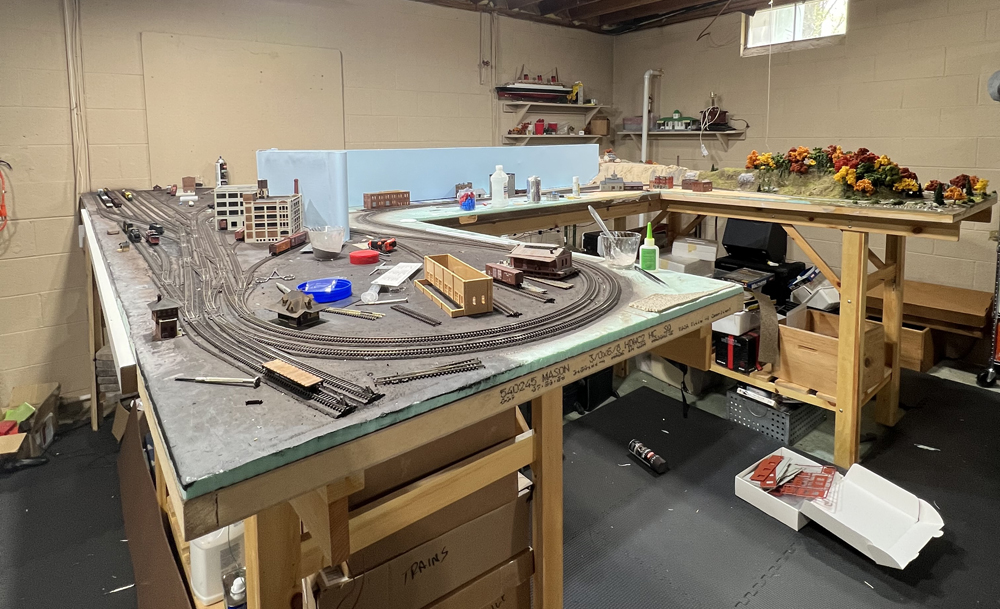
Built by Others in an article series showing layouts constructed by modelers using plans and projects from the pages of Model Railroader and its associated products. David Popp’s Naugatuck Valley RR has appeared in multiple issues of Model Railroader as well as the book Building a Model Railroad: Step by Step, Second Edition. George Giacono […]
Read More…
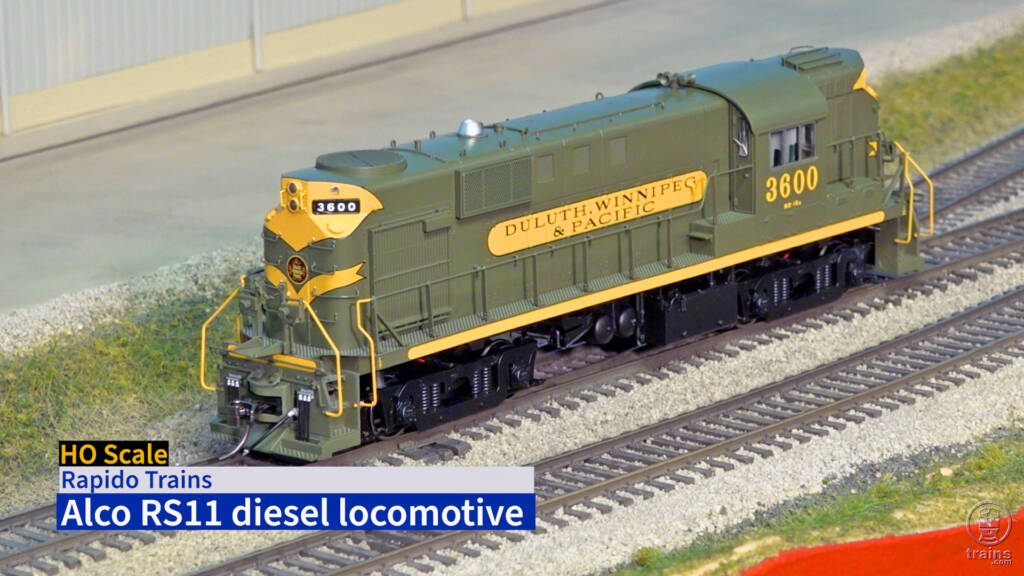
The Rapido Trains HO Alco RS11 diesel locomotive recently visited our Wisconsin & Southern layout. Join Senior Editor Cody Grivno — who really didn’t pick his shirt to match the locomotive’s paint scheme — as he shares a brief history of Duluth, Winnipeg & Pacific No. 3600; highlights the various railroad-specific details on the four-axle […]
Read More…

The Rapido Trains HO Alco RS11 diesel locomotive recently visited our Wisconsin & Southern layout. Join Senior Editor Cody Grivno — who really didn’t pick his shirt to match the locomotive’s paint scheme — as he shares a brief history of Duluth, Winnipeg & Pacific No. 3600; highlights the various railroad-specific details on the four-axle […]
Read More…










